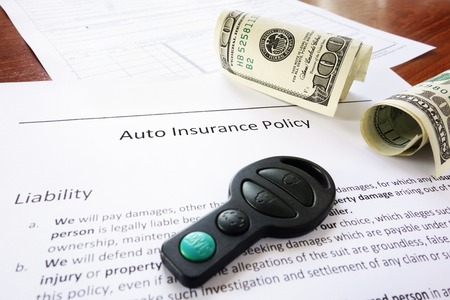

Write a Commanding Demand Letter
If you are suing for damages from a personal injury, there are many things you will need to do in order to receive a payout. The first step to an insurance settlement is to write and submit a demand letter. Hopefully you have been taking notes since your injury occurred so the details will be fresh in your mind.
What to Include in your Demand Letter
The demand letter is the starting point for negotiation. It should be formal and simple yet specific about your accident and injuries. It should conclude with a demand for what settlement you expect to receive. Think of the letter as arguing your case in court.
It should include all the following details:
- A complete description of the injuries incurred and which still persist
- Why you feel that someone else is responsible for your accident
- All specific medical treatment received and the corresponding costs
- Amount of lost wages
- what other damages you suffered, and
- a demand for a lump sum to settle your claim.
What Points to Emphasize in Your Demand Letter
Before you sit down to write the letter, read over the notes you have taken since your injury to refresh your memory about the suffering, inconvenience, lost wages, medical treatments and expenses you have endured.
Concentrate on the following points as you write your letter:
Liability
You should begin with a simple but detailed description of the accident; how it happened and why the insured person was at fault. Where were you and what were were you doing prior to the accident? What caused the accident?
If you have eyewitness statements or police reports or any other supporting statements or documents, mention them at this time.
Comparative Negligence
Insurance companies will be looking for a way out of paying for their client’s mistake and will try to prove that you caused the accident or were partially to blame for the accident. Take the opportunity to pre-empt this argument by explaining why the other party is 100% responsible. Even if you believe that you might have been partly at fault for the accident, do not admit any fault in your demand letter. If the insurance adjuster asks questions about your carelessness before the accident then be prepared to talk about it and factor it into the settlement amount.
Injuries and Treatment
Include a detailed description of all your injuries and medical treatments. Don’t hold back any legitimate description of pain, recovery, effects on your daily life and certainly any long term or permanent pain or disfigurement. Find out the proper medical terms for your injuries and use those in your description.
Medical Expenses
Include a complete list of each medical provider who treated you and the total amount charged and billed to you.
Lost Income
Identify the amount of time you missed from work and the corresponding lost wages. Reference the letter from your employer verifying your pay and missed time. If you were unemployed or self-employed at the time of the accident, explain how you arrived at the total figure for lost income.
Other Losses
If there were any other losses, inconveniences or suffering not previously identified, be sure to include them.
Settlement Demand Figure
Wrap up the letter with a demand for a specific sum of money to compensate you for your pain, suffering, lost income and any other losses. Ask for an amount about 75%-100% higher than you think your claim is actually worth with the understanding that you will be negotiating down from there.
Attach Supporting Documents
Attached to the demand letter should be copies of all your supporting documents including records, letters, bills, etc. that support the arguments you make in your letter. Keep the originals in your files.
If you suffered a personal injury at the hands of a negligent party then you may be eligible for a settlement. If you think you have a legitimate legal claim for a personal injury incurred in an accident, contact the experienced personal injury attorneys at Tario & Associates, P.S.. We are here to help!
Read More